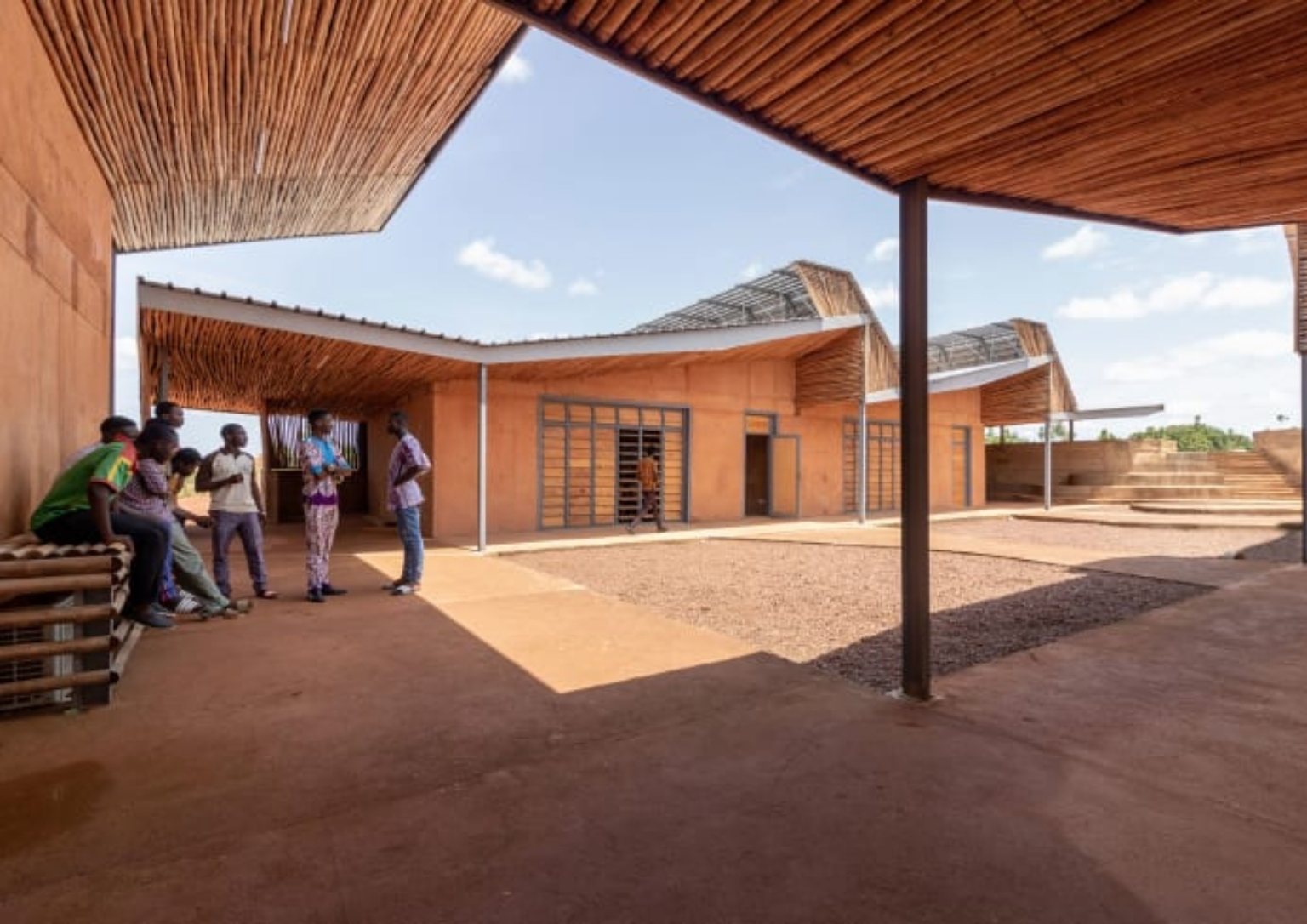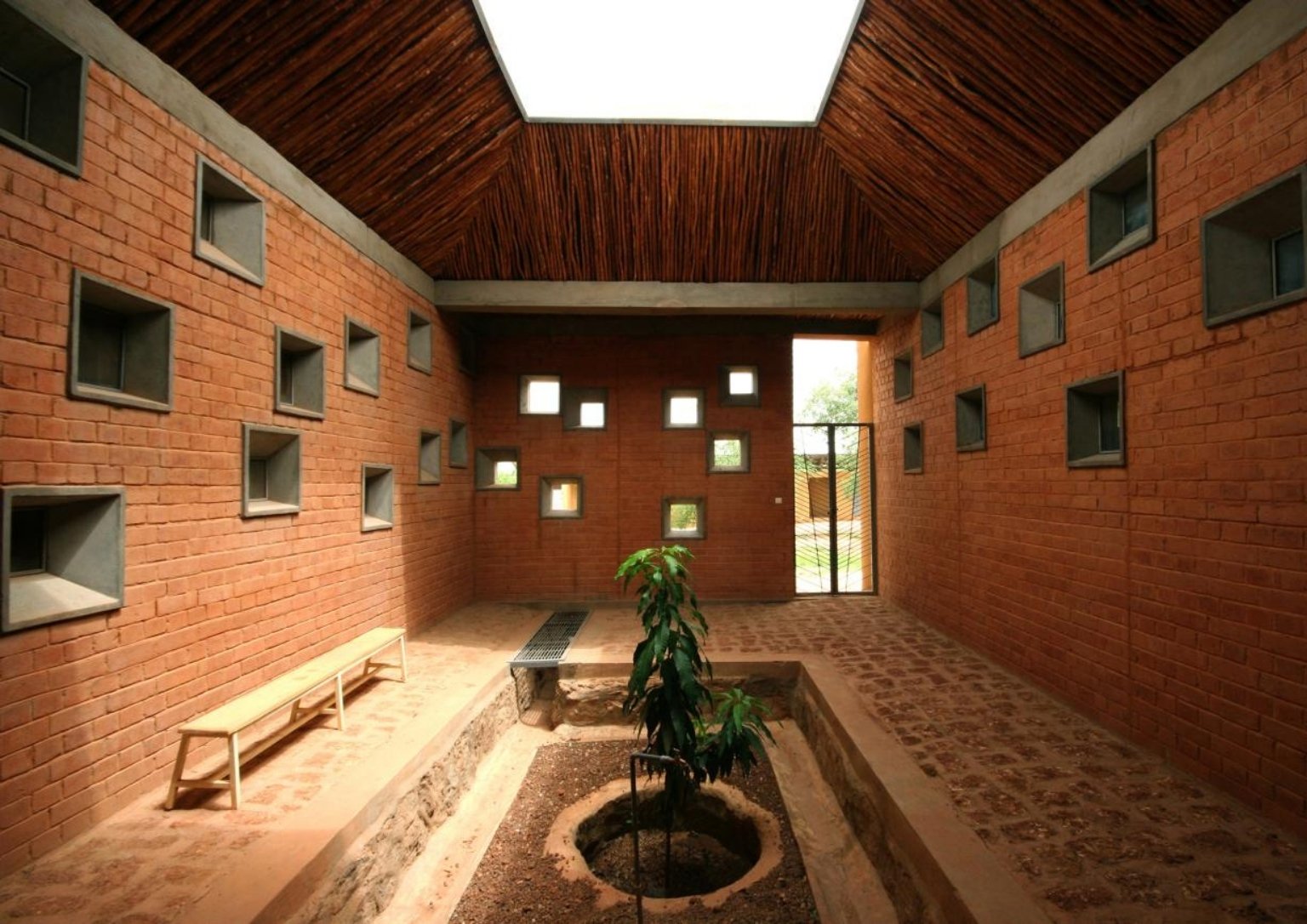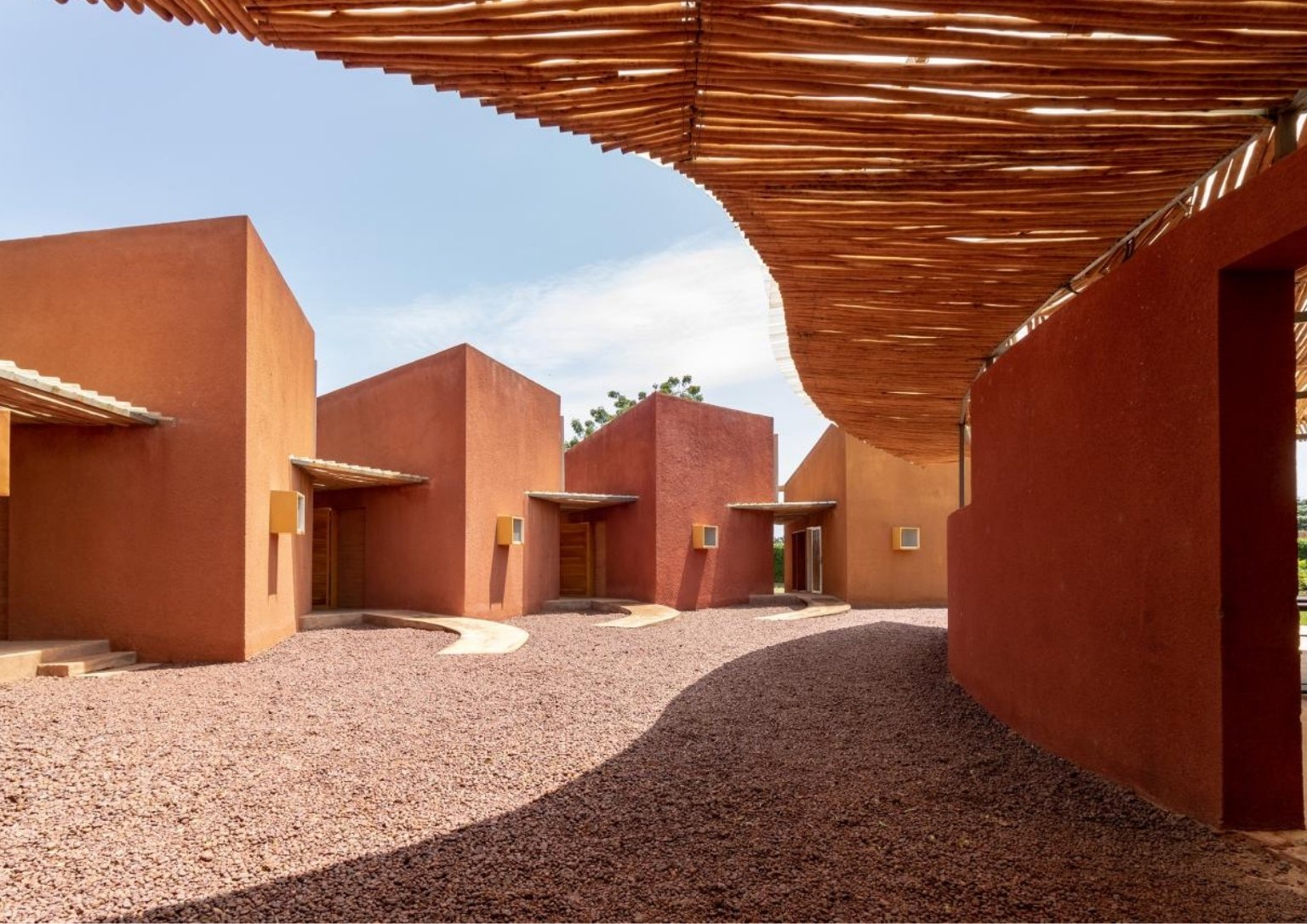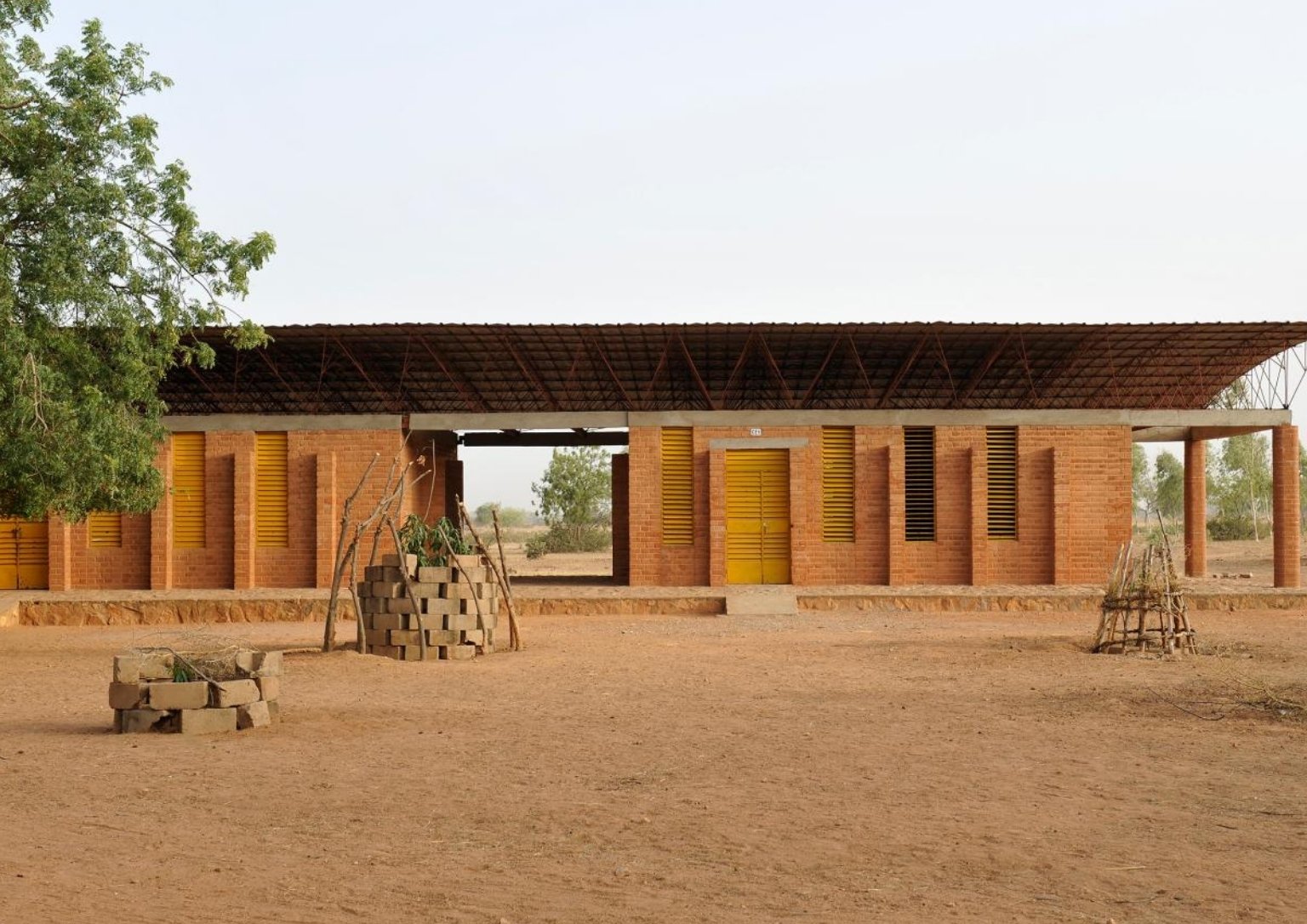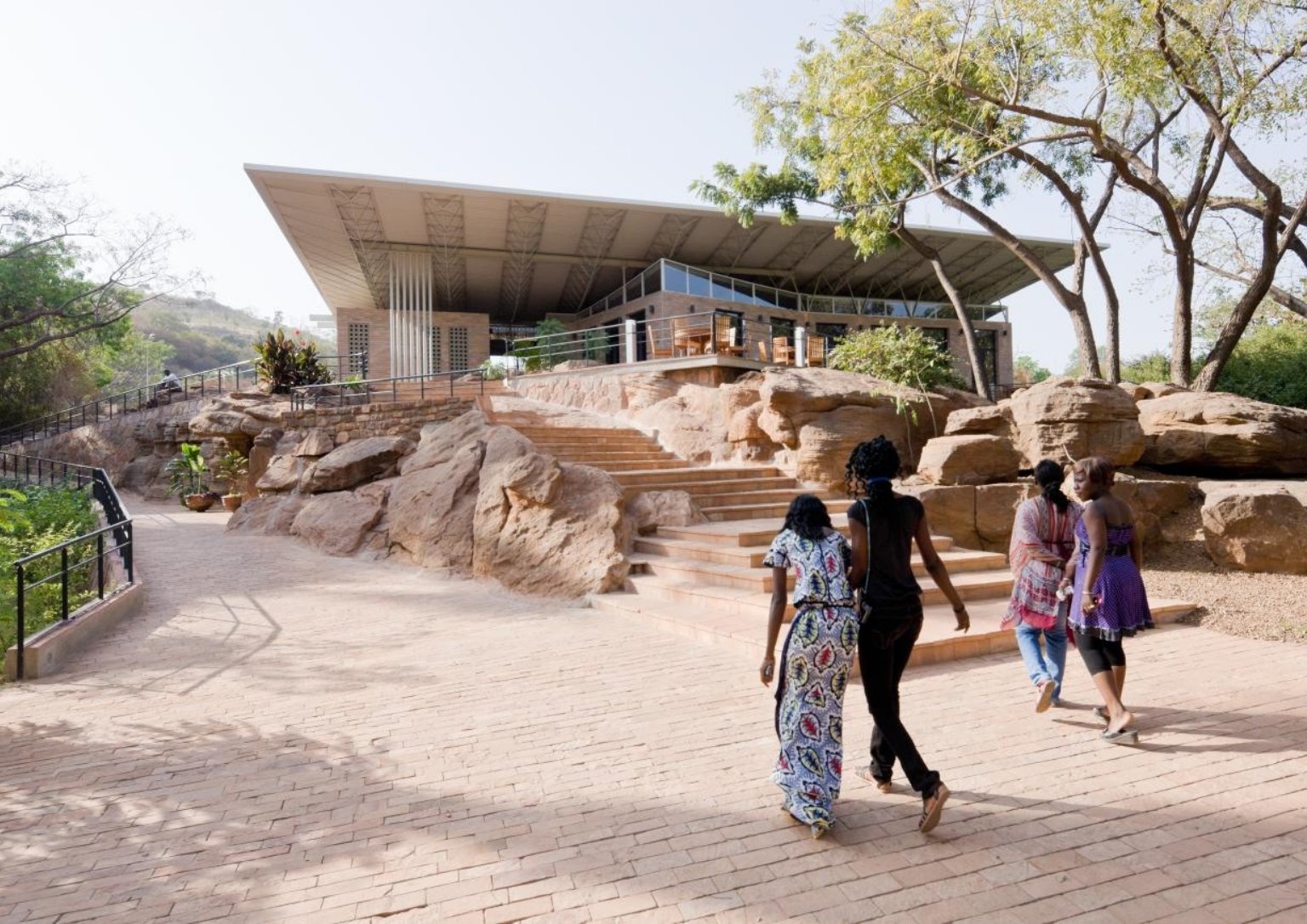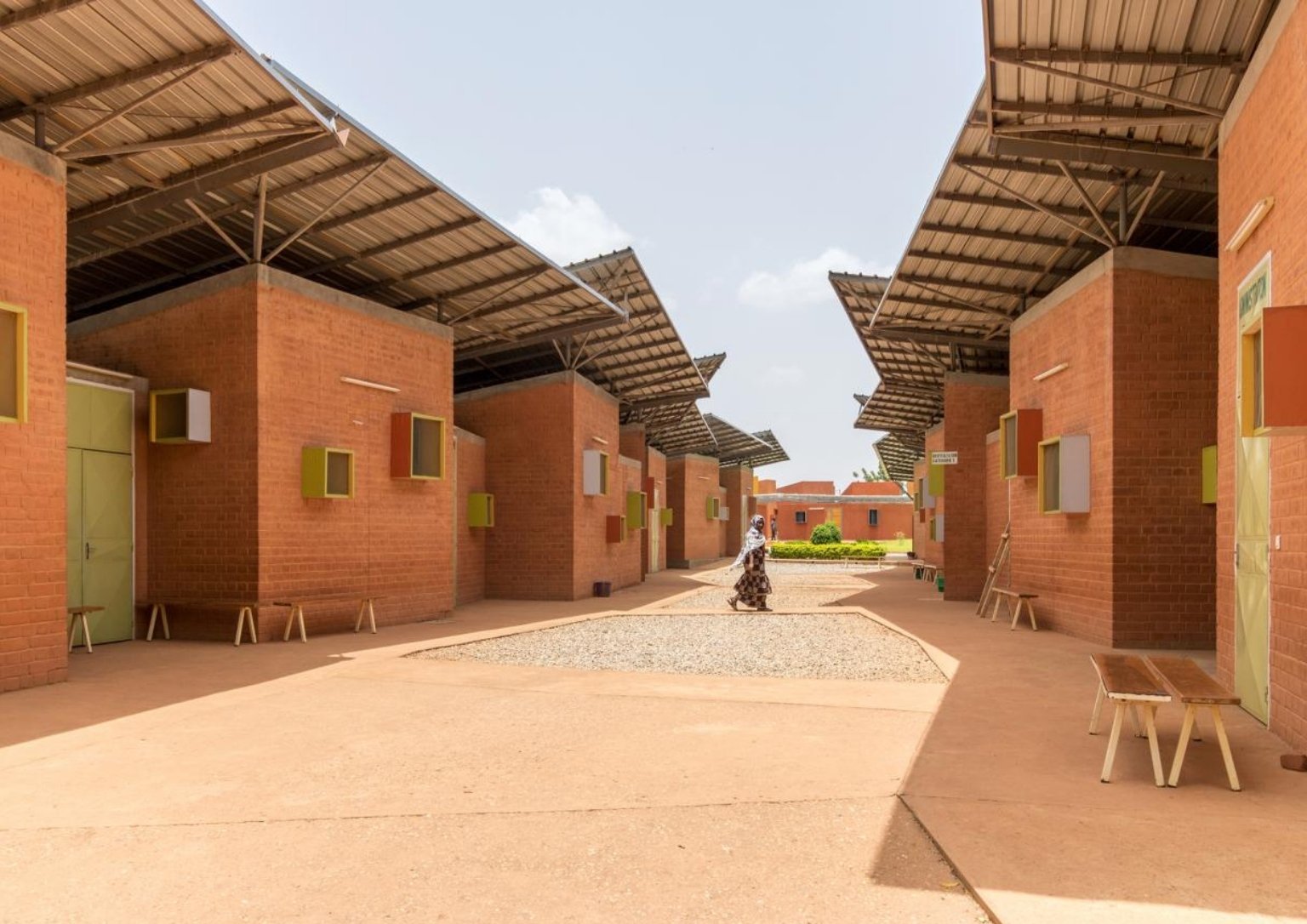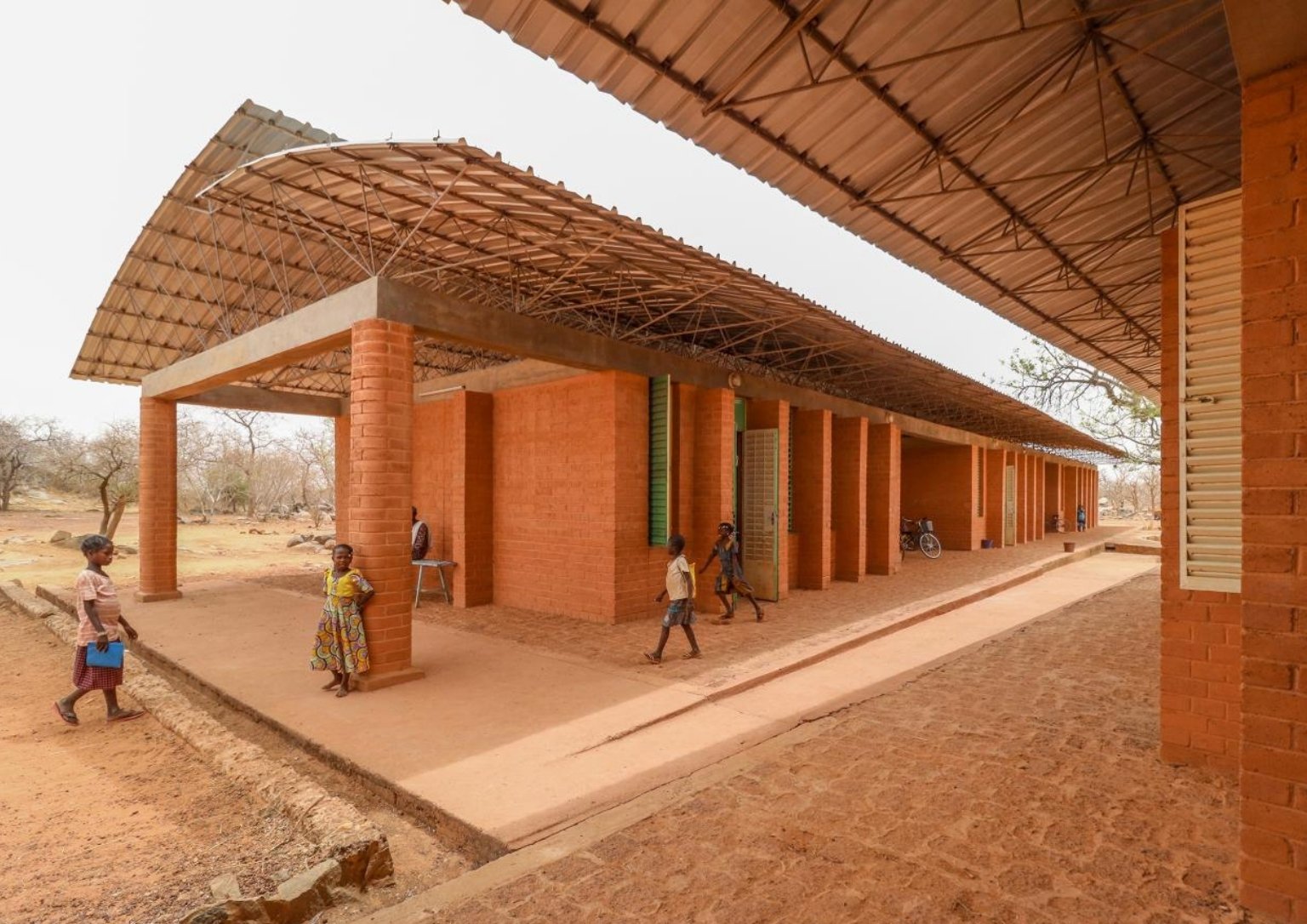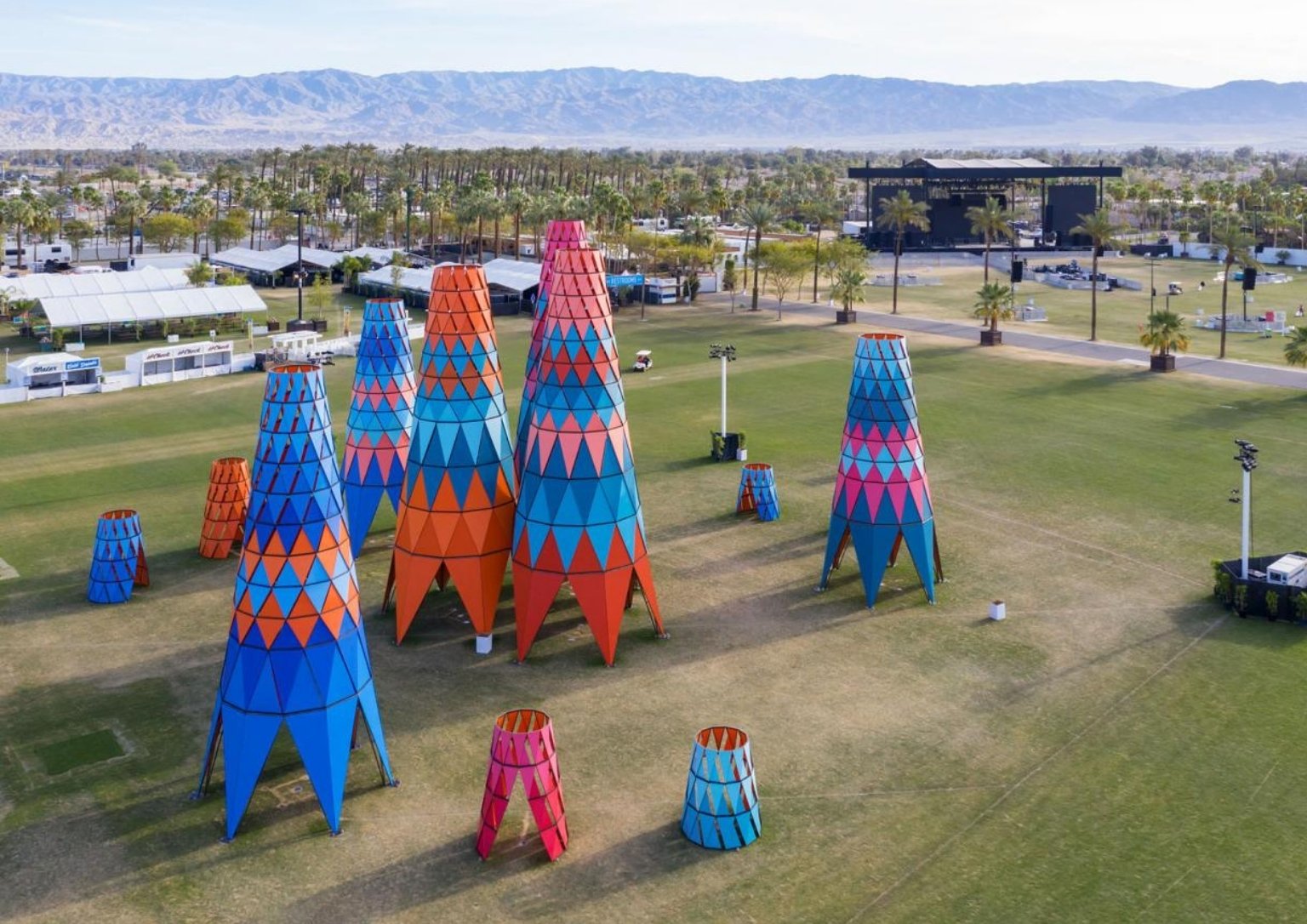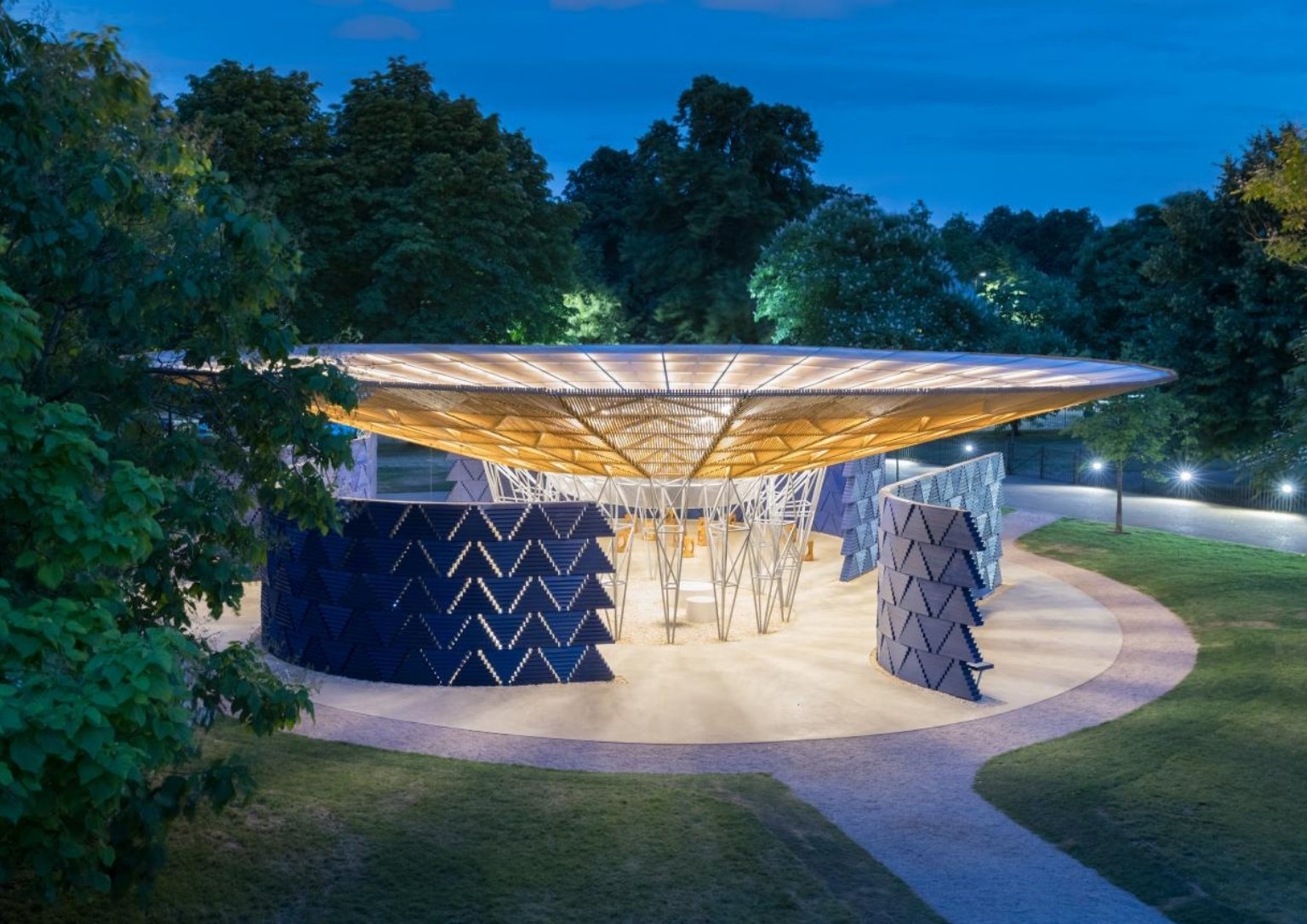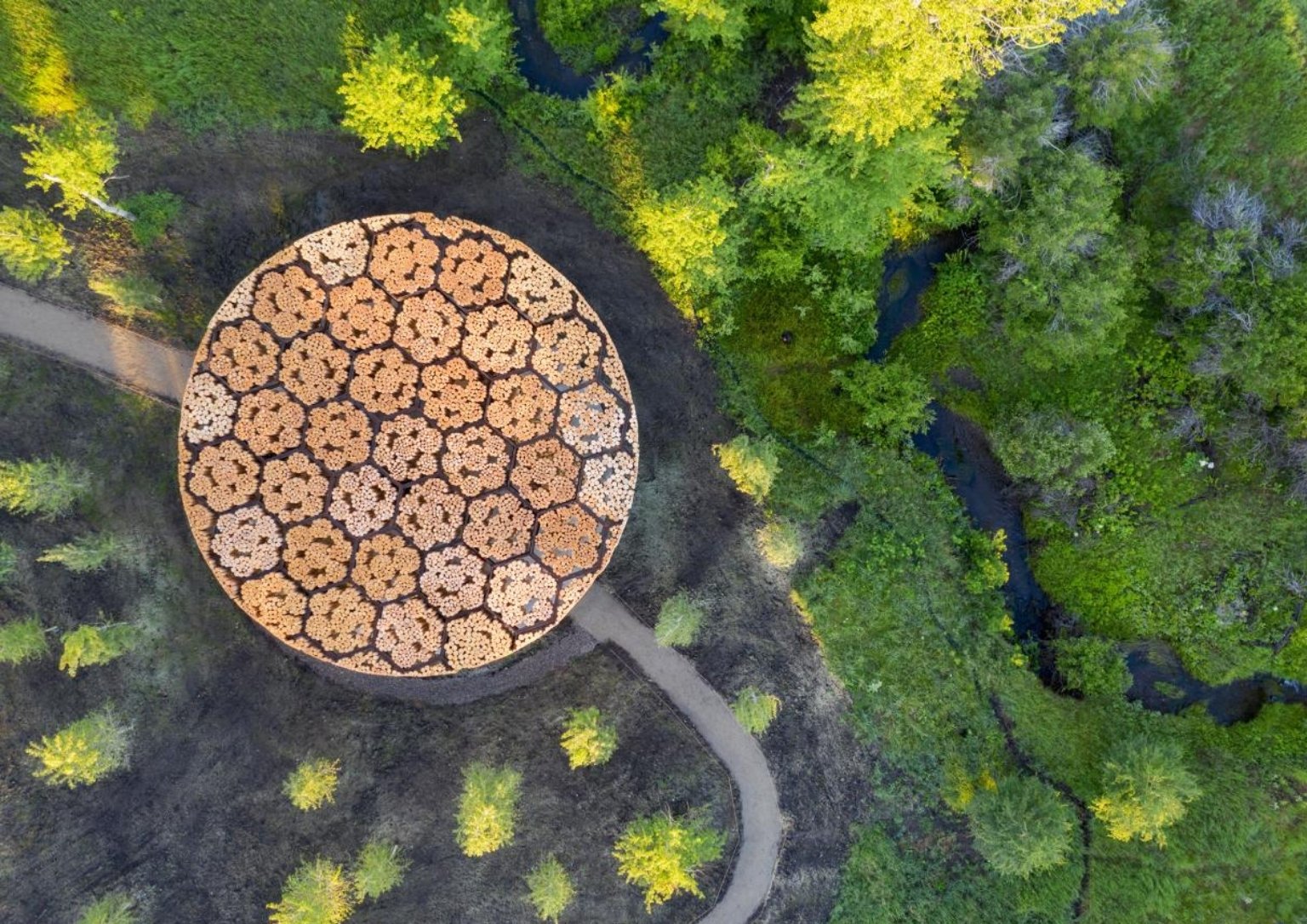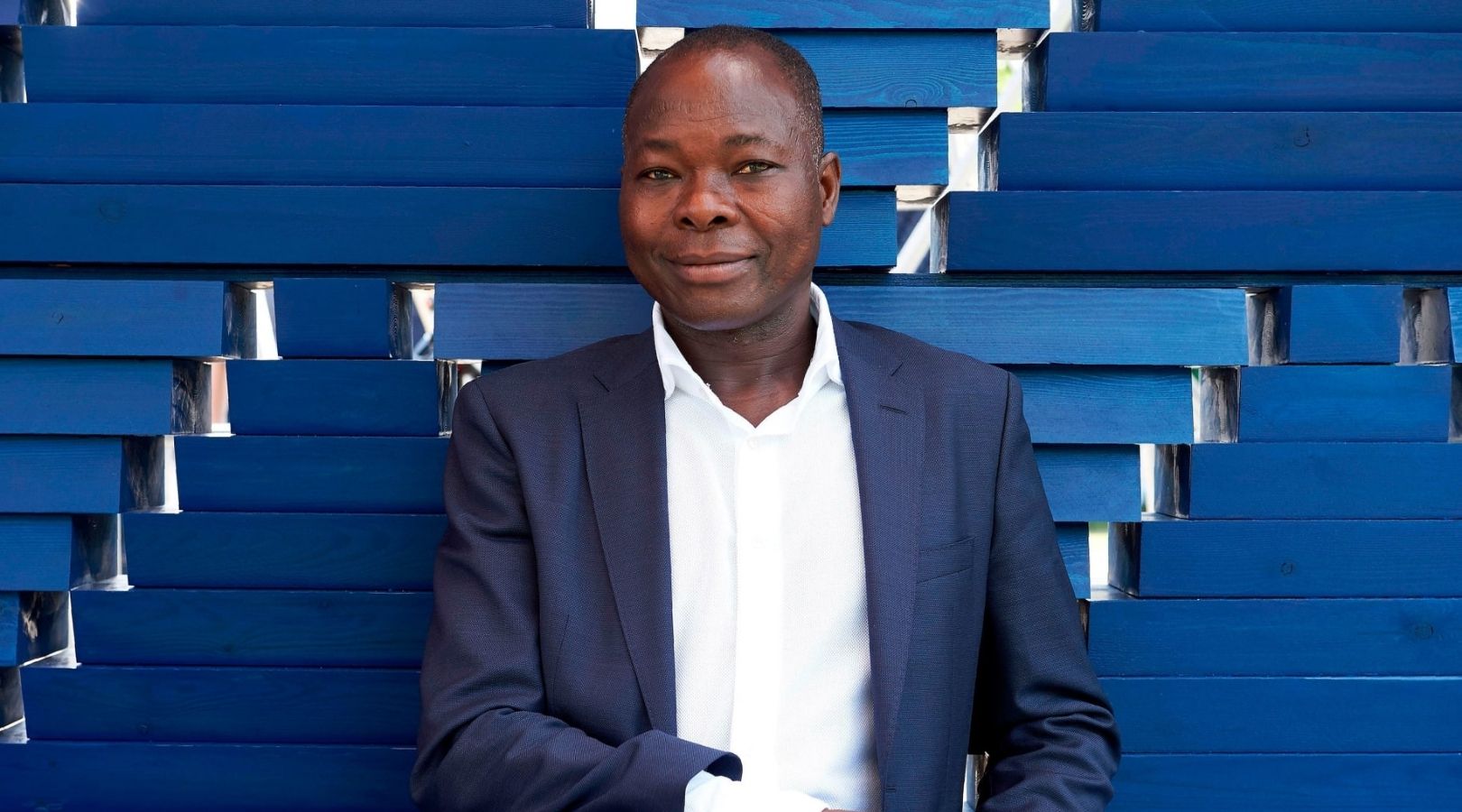
Francis Kéré: The First African To Win The Pritzker Prize
Francis Kéré wins the Pritzker Prize for 2022. He is the first African to ever win the most important award in the world of architecture. The award-giving institution has evolved from being a status symbol to being an institution that points out social commitment. Kéré’s works are mostly community facilities that are considered modest for an award that is known to honor iconic structures. It is important to specify that Francis Kéré’s win is not a way to satisfy certain communal groups but rather an honorable recognition of the principles and philosophy reflected in his socially responsible works.
“He knows, from within, that architecture is not about the object but the objective; not the product, but the process.”
Alejandro Aravena, Pritzker Prize 2022 Jury Chair
A Burkina Faso native, a town in west Africa, Francis Kéré was born in 1965. Through his two German scholarships, he was able to study carpentry. A background that helped him understand the techniques of building a structure. A decade after, he went to the Technische Universität Berlin and took architecture. To add, it was also during this time that he commenced his foundation Schulbausteine fuer Gando (Bricks for Gando). This financed his very first project for his hometown.
The noble architect’s very first project, completed in 2001, was the Gando Primary School. This is a project honoring his deep roots and community. The school was built with mud clay, a local material in Gando. Through this breakthrough project, he was able to convince the natives that using local materials does not equate to poverty. Tapping on the local workers to complete the work, he imparted proper skills for them to use and generate future income. This has been the grounding principle in all of his future projects.
Thereafter, he has been constructing community structures all throughout Africa. This includes a school library built with eucalyptus, an underrated material, and clay pots that mold the skylight. In his Benga Riverside Residential Community project in Mozambique, he assimilated the native grasses and baobab trees in the design. He has completed a dozen projects across the continent that are all appreciative of the vernacular materials and local workforce. Another notable structure from Francis Kéré is the 2017 Serpentine Pavilion in London. Patterned after a tree, the rain-collecting canopy points to the challenges of water scarcity. This work set him up for a global audience. Through this, he designed the Vitra + Camper Store in Germany, and the Courtyard Village in Italy.
“If we learn to build with local materials, we have a future.”
Francis Kéré
Francis Kéré’s guiding principles are all established in his project in Gando. He promotes designs that are practical and aesthetic. By including naturally sourced materials, his works generate a response to the climate crisis. He values the vernacular techniques and materials of the community. And local manpower is never overlooked. Ultimately, everything echoes his socially committed philosophy toward architecture.
Photo Credits: Niklas Halle’n/AFP via Getty Images, Francis Kere/Pritzker Architecture Prize
